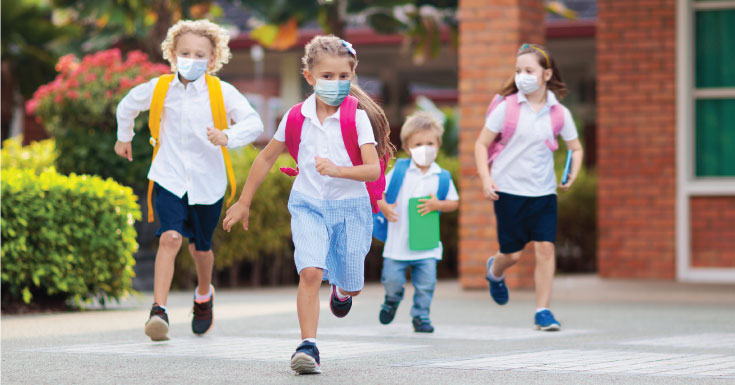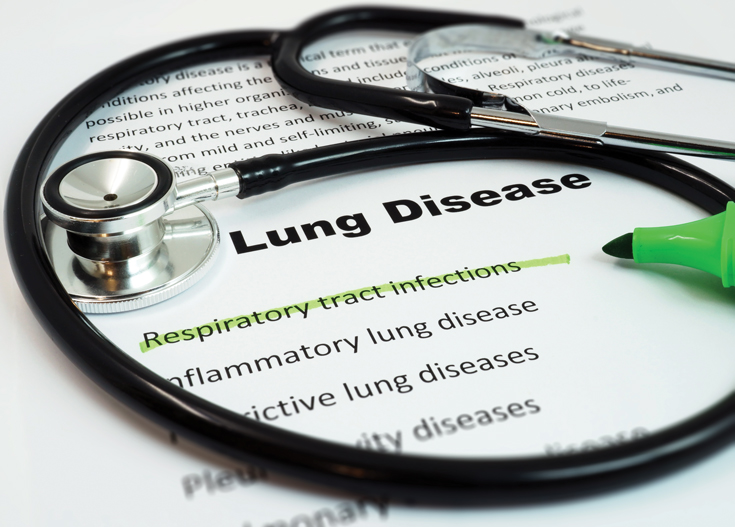For the duration of the COVID-19 pandemic, children were predominantly confined to their home and as a result, were less exposed to common bacteria and viruses. This will render younger children’s immune system to develop poorly. From March 2022 onwards, as life seemed to make its way back to normality, children started to attend school, enrichment classes, and sports activities again. This has led to many young kids falling ill with diseases such as influenza, hand-foot-and-mouth disease, and lung infections. An elevated frequency of visits to the doctor has worried many parents that their children may be immunocompromised.
Could it be true that children are more prone to infections after the pandemic? Children commonly have 8 to 10 respiratory tract infections per year, especially during early childhood and when they first start attending nursery or kindergarten. Currently, there is no scientific data to show that children are more prone to infections after the pandemic. A briefing by UNICEF on the impact of COVID-19 on children has shown that the prevalence of unhealthy diets such as snacking has increased. This may be due to a lack of easy access to fresh food and financial constraints, possibly leading to childhood obesity and malnourishment. Additionally, a sedentary lifestyle and the lack of exercise could contribute to childhood obesity, escalating vulnerability to infections.
Another major issue that arose during the MCO period was the disruption of essential health services including childhood immunisations. In a recent WHO pulse survey, 90% of countries reported disruptions to routine immunisations. Immunisations are of utmost importance for preventing certain infectious diseases. Besides, some children may have been infected with COVID-19 and are currently experiencing the ‘long COVID’ syndrome. Another important issue that needs to be taken seriously is the mental health of children and their caretakers. It has been observed that adults are more prone to infection when stressed. The Adverse Childhood experience (ACE) study showed that adverse childhood experiences in categories of abuse, household challenges and neglect are not only associated with worse mental health outcomes, but also with chronic health conditions such as diabetes, heart disease, chronic obstructive pulmonary disease, liver disease, and cancer. All the aforementioned points will render children to be at higher risk of infections and occasionally may develop serious illnesses that need intensive care.
If you suspect that your child is immunocompromised, it is advisable to seek professional advice. Below are some tell-tale signs of an immunocompromised child:
- Frequent and recurrent pneumonia, bronchitis, sinus infections, ear infections, meningitis, or skin infections
- Inflammation and infection of internal organs
- Blood disorders, such as low platelet count or anaemia
- Digestive problems, such as cramping, loss of appetite, nausea, and diarrhoea
- Delayed growth and development
- Autoimmune disorders, such as lupus, rheumatoid arthritis, or type 1 diabetes
Some parents go to the extreme to create a “super clean” environment to protect their children and forbid the children to play or touch anything/anyone that has not been sanitised. Will this be the way to go forward? In the early years, our immune system is a blank canvas. Although infectious disease is a legitimate cause for concern, and a certain level of cleanliness is necessary, children need to develop an immunity to common pathogens. Overprotecting children from germs is detrimental to their development. Therefore, it is the art of balancing between a clean environment rather than a sterile environment.
Some parents may wonder whether hand washing, or sanitising is the better way to prevent the spread of germs. Studies have shown that soap and water are better equipped to remove more germs from one’s hand than hand sanitiser does. However, it is recommended to use hand sanitisers when washing with soap is not an option.
Vitamin supplements have also been gaining more attention, especially during the pandemic. Generally speaking, children with a balanced diet and outdoor activities would attain the daily requirement of nutrients. Vitamin D supplementation is only recommended to those who are unable to obtain an adequate amount of vitamin D from their diet or have inadequate exposure to sunlight. Hence, a minimum of 400 IU (10 µg/day) is recommended for children and adolescents, especially among exclusively breastfed infants and all children and adolescents who are not routinely exposed to sunlight. However, care should be taken while consuming vitamin D supplementation. A daily vitamin D intake of 2000IU or more predisposes individuals to vitamin D toxicity. The signs and symptoms of toxicity to be cautious of include headache, a metallic taste in one’s mouth, pancreatitis, nausea, and vomiting.
To stop this trend, parents must take on a healthier lifestyle, acting as the role models for their children. For example, a 3 meal a day diet should be restored, and children should be allowed to enjoy at least 60 minutes of physical activities every day. It is also important to decrease a child’s screen time and to have routine sleeping habits for good quality sleep. The American Academy of Paediatrics has recommended no more than 2 hours of screen time for children and teenagers, and no screen time for children under the age of 2. It is vital to reschedule all the health visits and preventive care services including dental checks up, optometrist visits, and immunisations that the child may have missed. Do not buy over-counter antibiotics or reuse leftover medicine. If your child is unwell, it is always advisable to seek opinions from your family physician or a paediatrician.
It is of utmost importance that as parents, you create a clean and happy environment for your children to thrive in, both for their mental and physical health.

Senior Lecturer of Paediatrics,
School of Medicine, Faculty of Health and Medical Sciences,
Taylor’s University

Guest Lecturer of Paediatrics,
School of Medicine, Faculty of Health and Medical Sciences,
Taylor’s University



